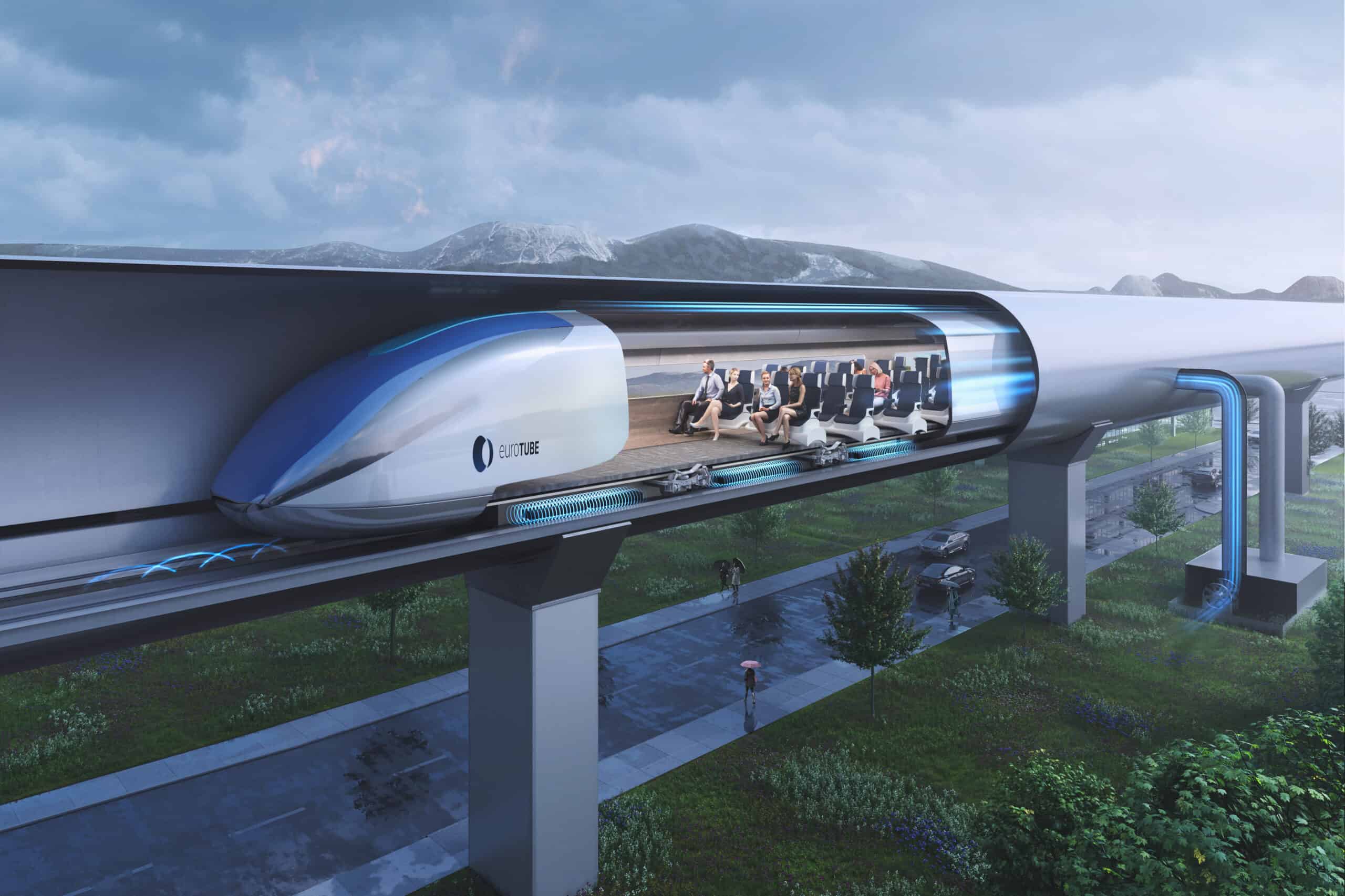Hyperloop Train
In the realm of transportation, one concept has been creating waves of excitement and anticipation – the Hyperloop train. As we approach a new age in high-speed travel, it is essential to dive into this revolutionary notion and comprehend its potential influence on our lives.
Table of contents
What is Hyperloop Train?
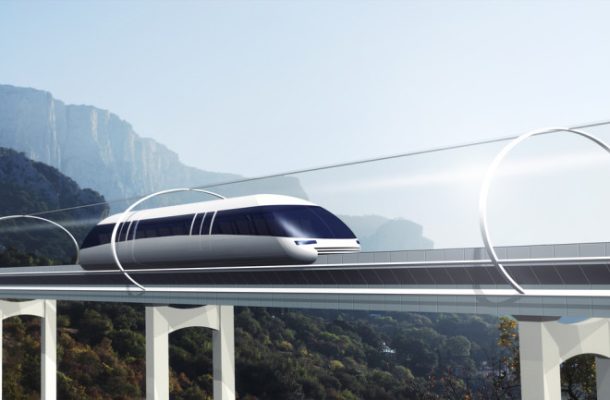
The Hyperloop train is a futuristic mode of transport that promises to revolutionize the way we travel. It is an idea that includes carrying persons or freight in pods at extremely high speeds through a vacuum-sealed tube.
The objective is to substantially cut travel time and boost efficiency, transforming the transportation business. Unlike typical rail transportation, the Hyperloop runs without air resistance or friction, allowing for unparalleled speeds.
History of Hyperloop
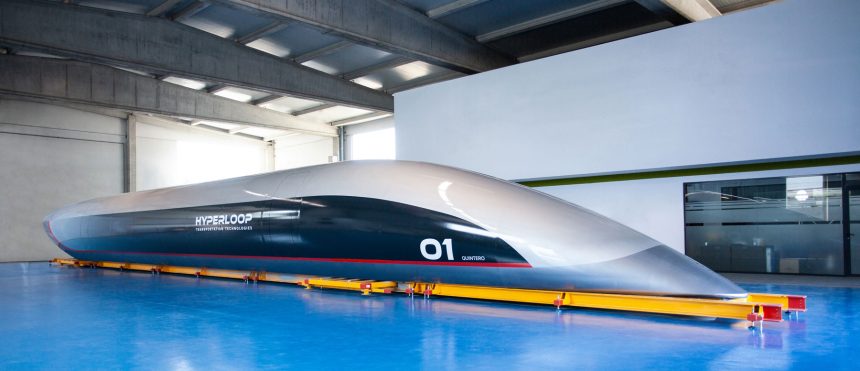
Elon Musk, the CEO of SpaceX and Tesla, initially suggested the Hyperloop train in a white paper in 2013. Musk envisioned a new mode of transportation that was safer, quicker, and less expensive than current options.
He then open-sourced the concept, encouraging engineers and inventors from around the world to help bring it to reality.
As a result, the SpaceX Hyperloop Pod Competition was born, a recurring event that pushes students and engineers to create the finest transport pod design.
How Does Hyperloop Train Work?
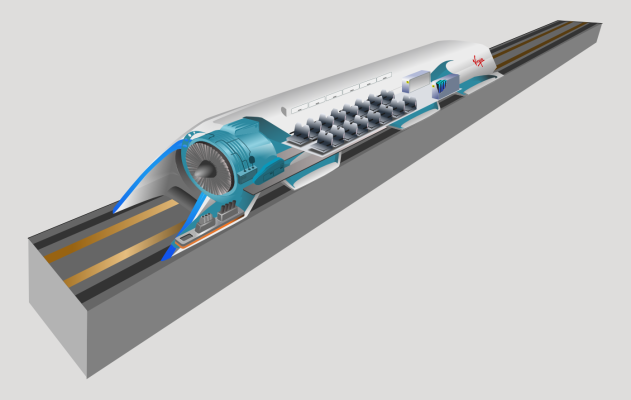
The Hyperloop train operates on a simple yet powerful principle. The system comprises of a low-pressure tube through which pressurised capsules or pods transport people or goods.
These pods use magnetic levitation technology to levitate, reducing friction and allowing them to travel at fast speeds. The vacuum environment in the tube reduces air resistance, increasing the system’s speed and efficiency.
The Hyperloop is equip with emergency exits and is projected to survive earthquakes and other possible threats in terms of safety.
Benefits of Hyperloop Train
The Hyperloop train is not just a technological marvel; it’s a solution that brings a plethora of benefits to the table. The benefits of this new transit system are numerous, ranging from speed and efficiency to environmental sustainability and economic prosperity.
Speed and Efficiency
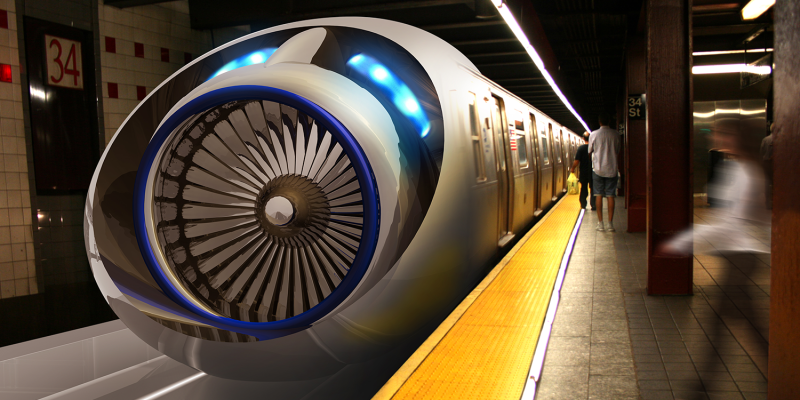
One of the most significant benefits of the Hyperloop train is its high-speed operation. The system is intended to transport passengers and freight at speeds in excess of 700 miles per hour, significantly decreasing travel time.
For example, a trip from Los Angeles to San Francisco that would normally take 6 hours by vehicle might be accomplish in 30 minutes with Hyperloop.
This efficiency is not limited to passenger transport. Rapid transportation of commodities has the potential to revolutionise supply networks by making them quicker and more efficient.
Environmental Sustainability
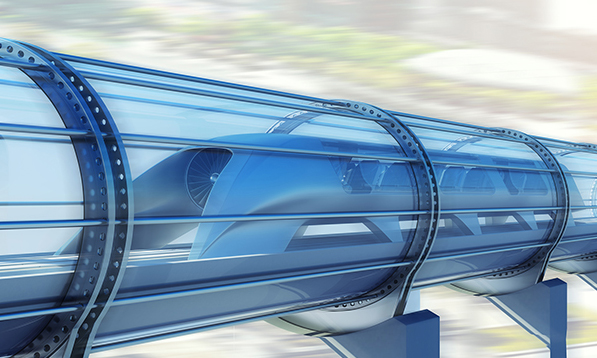
The Hyperloop train is an environmentally friendly technology. In contrast to existing means of transportation, which require fossil fuels and contribute to greenhouse gas emissions, the Hyperloop system is totally autonomous and electric.
This implies it might function with a low carbon footprint, considerably helping to efforts to prevent climate change. Furthermore, the Hyperloop infrastructure, such as the tubes and stations, might be constructed to incorporate solar panels, increasing the system’s sustainability.
Economic Growth
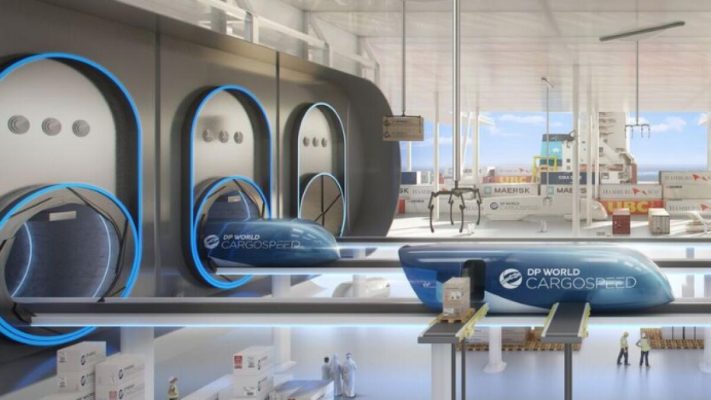
The economic benefits of the Hyperloop train are substantial. The development and operation of Hyperloop systems might provide a large number of employment, strengthening local economies. Furthermore, better connectivity and shorter travel times may encourage trade and tourism.
Imagine being able to move between cities hundreds of miles apart on a regular basis, or having items delivered in minutes rather than days. The opportunities are limitless, and they might result in tremendous economic growth and development.
Challenges and Criticisms
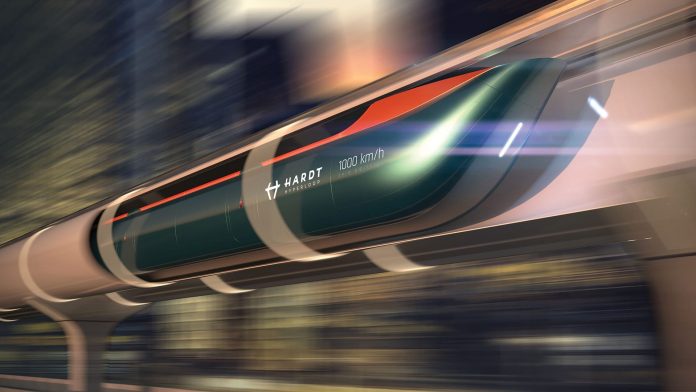
Despite its potential, the Hyperloop train faces several challenges. Significant challenges include maintaining a near-vacuum over long distances, assuring passenger safety at high speeds, and establishing cost-effective construction and operation procedures.
Given the technology’s unique nature, regulatory and safety considerations must also be addressed. Critics also dispute the Hyperloop’s economic viability, noting the exorbitant expenses of creating and operating the system.
Current Hyperloop Train Projects
Several Hyperloop train projects are now happening across the world. Companies like as Virgin Hyperloop and Hyperloop Transportation Technologies are advancing this technology. These projects are at various stages of development and have already undergone multiple successful test runs.
| Company | Project Location | Status |
| Virgin Hyperloop | United States, Saudi Arabia | Testing Phase |
| Hyperloop Transportation Technologies | United States, UAE | Testing Phase |
| Hardt Hyperloop | Netherlands | Testing Phase |
The Future of Hyperloop
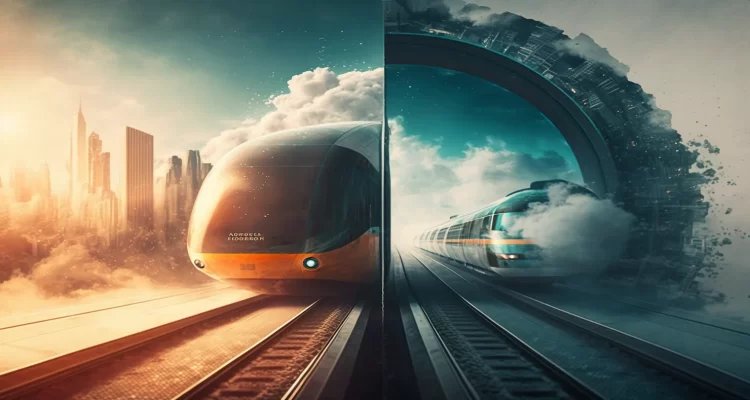
The Hyperloop train could significantly impact travel and commerce in the future. It has the ability to transform towns and countries, making long-distance travel obsolete.
More Hyperloop projects are expected to emerge as the technology evolves, bringing us closer to a future where high-speed, efficient, and sustainable transport is the norm.
Final Thought
The Hyperloop train is a fascinating concept that could redefine transportation. Despite major hurdles, the potential benefits make it an appealing possibility.
The Hyperloop is a beacon of progress, a tribute to human creativity, and a look into the future of transportation as we continue to develop and push the frontiers of technology.
Youtube Video About Hyperloop Train
You May Also Like
A Look at the Science Behind Sports Training and Performance
FAQ
The Hyperloop train is capable of reaching speeds of over 700 miles per hour. This could theoretically cut a 6-hour vehicle trip from Los Angeles to San Francisco down to 30 minutes.
The Hyperloop train’s safety is a primary consideration in its design. The system is built to resist a variety of possible hazards, including earthquakes. The pods in which passengers travel also have emergency exits.
The Hyperloop train is planned to be totally driverless and electric, reducing carbon emissions dramatically when compared to existing means of transportation. Furthermore, the Hyperloop infrastructure might include solar panels, increasing its sustainability.
The development and operation of Hyperloop systems might provide a large number of employment, strengthening local economies. Furthermore, better connectivity and shorter travel times may encourage trade and tourism, leading to additional economic growth.
The Hyperloop train might lead to the formation of linked city clusters or mega-regions by lowering travel times between cities. This might allow individuals to reside in one location while working in another, perhaps resulting in more balanced urban growth.




